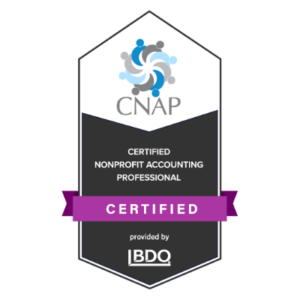Let me clarify: Old school strategic plans are dead. Picture a bunch of old guys in suits sitting in a room, developing a plan for the next five years, which gets printed and put into three ring binders, and promptly filed on dusty bookshelves. THAT is dead.
The new strategic plan is filled with energy, creativity, ideas, vibrancy, and life. The new strategic plan lives on in our daily work lives but isn’t cumbersome. Most importantly, the new strategic plan encourages and generates results.
There are a ton of very good resources out there that talk about SWOT analyses and environmental scans, which are very important, but I’ve found very few resources that help organizations through the actual process and format of a plan that will be useful and results-oriented. So today’s post is intended to add to the strategic planning conversation so you can walk away with a plan that changes the world.
Do you need a strategic plan template for your organization? Download one here!

So how, exactly, does an organization ensure they have the new strategic plan instead of the crusty, old, dead plan? Check out my three part process:
1. Center your plan around a vision
a. A good strategic plan is centered around an organizational objective, or vision. The vision is big picture, long term, change the world type thinking. Typically, this is well-aligned to the mission of the organization and the team is on board with this – it’s likely one of the reasons they joined the organization!
b. I’ve found an ideal format for the strategic plan to be as follows:
i. A three year vision…
1. Followed by 3-5 big strategies to accomplish this vision…
a. Followed by 3-5 tactics under each strategy…
ii. Each tactic has a measurable Key Performance Indicator (KPI) associated with it too, because the only way to ensure a living, breathing plan is to measure your results periodically. (These tactics should be SMART!)
2. Promote organizational inclusion
a. In order to get results, your team needs to be bought into the plan, and the way to get buy-in is through an inclusive process. The leadership team should not be the only people contributing to the strategic vision of the organization. Create thoughtful, multi-disciplinary teams with the same objective: to create strategies, tactics, and KPIs to accomplish the organization’s mission and vision.
3. Execute your plan to keep it alive!
a. Once the plan is completed and approved by the powers that be (leadership, board), share it with the entire organization. This is the critical step that most organizations forget and where almost all strategic plans go to die. Everyone needs to be familiar with the plan in order to execute. One of my clients had their strategic plan blown up to poster size and hung on the wall – talk about a daily reminder!
b. Quarterly reviews are vital to making sure the plan stays alive. Since we built KPIs into the plan, we must update our actual results so we can compare where we thought we’d be to where we actually are. I’ve found that monthly reviews are too often for bigger picture goals, but annual reviews don’t allow us to change course along the way. Quarterly reviews are perfect to check in and adjust our actions to achieve maximum results.
c. Because our plan is meant to be long-term, we need to reassess annually and sometimes make changes. We’re not likely going to revamp the entire plan unless your mission makes a major pivot, but we may need to adjust a couple strategies along the way so I recommend an annual review. Do a deep dive into each strategy and tactic to make sure they still make sense.
Follow along with the steps above to ensure your strategic plan doesn’t go to three ring binder hell AND to help your organization create lasting change in the world!
Grab your strategic plan template here and create a plan filled with vibrancy, creativity, and LIFE!
#transparency #finance #guidestar #financialmanagement #incomestatement #balancesheet #nonprofitmanagement #trend #strategicplan #strategy #strategicplanning























